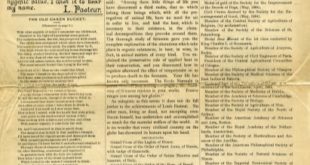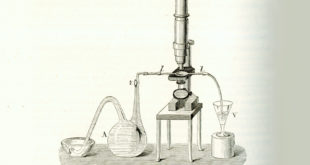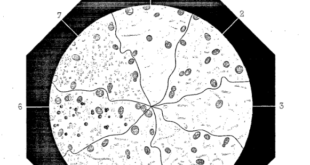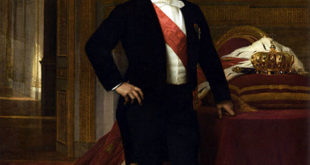Originally published in the Journal of the Institute of Brewing, Volume 14, 1908, p. 201
by E. Kayser and E. Manceau
(Comptes rend. de l’Acad. des Sciences, 1908, 146, pp. 92-94)
The authors have previously observed the existence of two groups of “graisse” ferments. The organisms of the first group present nearly rectilinear chains, are resistant to a fairly high degree of acidity, and decompose lævulose more readily than other sugars. The organisms of the second group, like those of the first, present the elementary form of short bacilli, but form very long twisted chains; they are much more sensitive to acidity, and attack dextrose more readily than do members of the first group. The authors have also observed that certain aerobic organisms play a very important part in the “graisse” disease of wines, not only because they protect the anaerobic “graisse” organisms from atmospheric action, but also because they form true associations with the latter; the authors have observed the development under conditions and in media in which the multiplication of at least one of the associated organisms, seeded alone, could not occur. These foreign organisms can modify the preference of the “graisse” organisms for certain sugars; thus the organisms of the first group sometimes attack lævulose more readily and sometimes dextrose, according to the aerobic organisms which accompany them. Amongst the above-mentioned foreign organisms, yeast, mycodermæ, and four aerobes have been found. The aerobes have already been shown to cause the “blue” disease of champagne wines (see this Journal, 1907, 13, 734). One of the aerobes (a very small coccus) is probably the organism designated Coccus anomalus by Mazé and Pacottet (see this Journal, 1907, 13, 734). The authors have succeeded in rendering wine ropy by seeding it with pure cultures of the “graisse” organisms (both of the first and second groups), but have not observed this pure fermentation (or eve an approximately pure fermentation) in wines which were accidentally ropy. The “graisse” disease of wine is ordinarily a complex alteration caused by the development of a certain number of organisms, of which some, predominating in the wine, perform the functions of permitting and facilitating the multiplication of the specific “graisse” disease organisms, a multiplication which would often be impossible for the latter alone.
 Pasteur Brewing Louis Pasteur – Science, Health, and Brewing
Pasteur Brewing Louis Pasteur – Science, Health, and Brewing 


